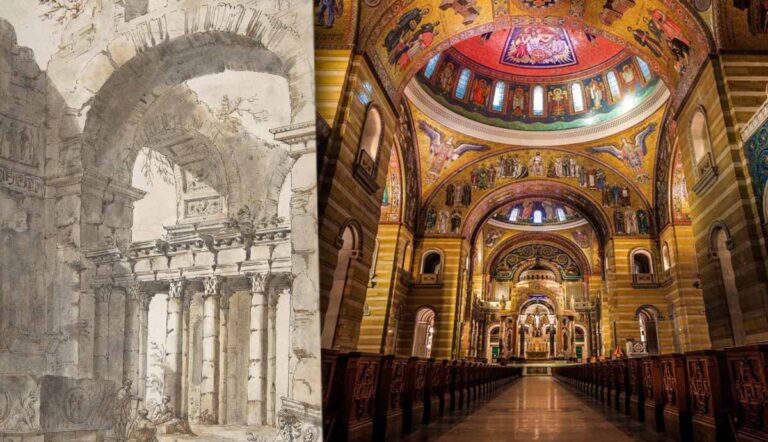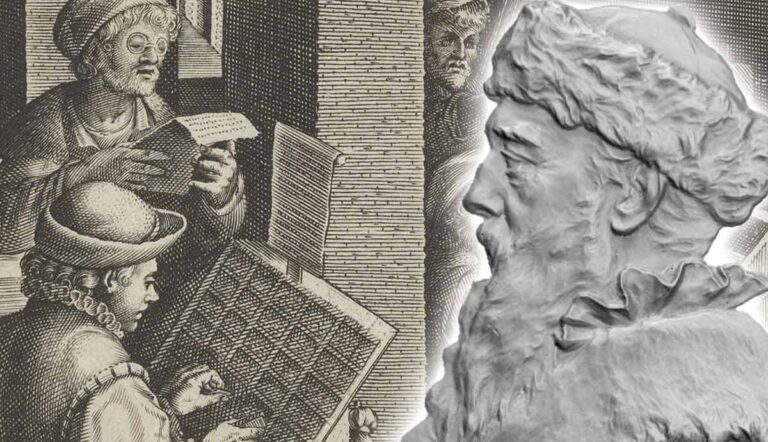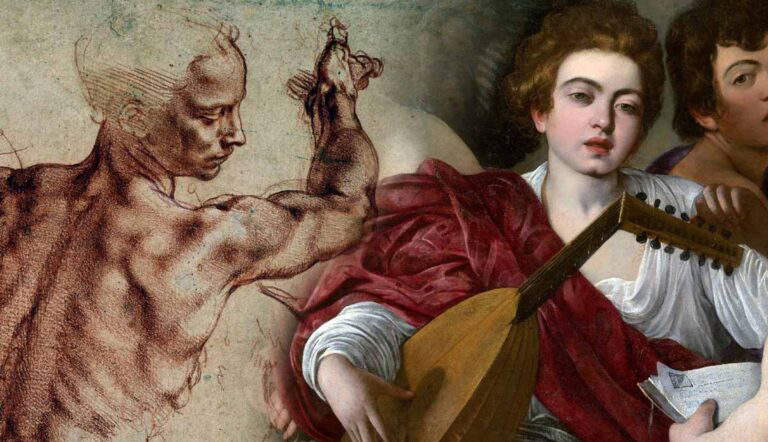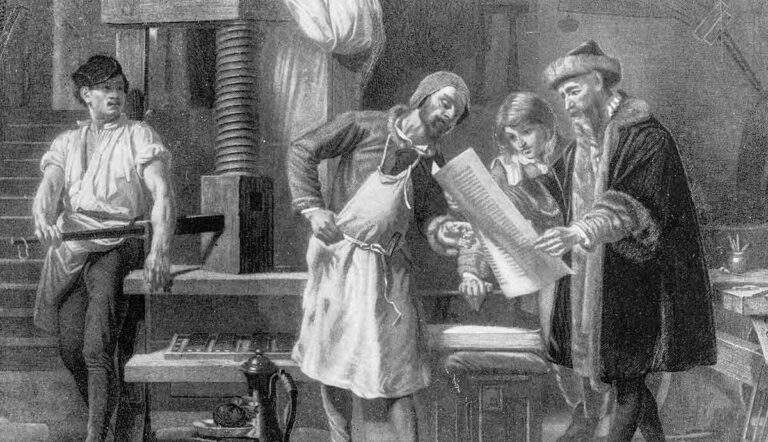
Anisia Iacob
Anisia Alis Iacob is a PhD candidate at the University of Kent and King's College London as part of the Knowledge Orders Before Modernity program. She conducts research regarding the reception of the Reformation in early modern Transylvania. More specifically, she is interested in how the radical ideas of the Reformation created their own identity in the region, an identity expressed through craftsmanship. To investigate this, she takes an embodied and environmental approach which is informed by the early modern developments of natural philosophy. Her research interests include but are not limited to the history of early modern Europe, the history of ideas, material culture, reformation, print culture, early modern philosophy and sciences, and early modern art. In the past, she has been awarded two MAs from the University of Leiden and worked at the Netherlands Institute for Art History (RKD) on two projects.
Articles by Anisia Iacob
 What’s the Difference Between a Basilica and a Cathedral? How to Tell Two Landmark Churches Apart
What’s the Difference Between a Basilica and a Cathedral? How to Tell Two Landmark Churches ApartBoth a basilica and a cathedral are churches, but what’s the difference between the two, and how can you spot it?
 Johannes Gutenberg & the Invention of the Printing Press
Johannes Gutenberg & the Invention of the Printing PressJohannes Gutenberg’s invention of the printing press in the 15th century was one of the most important technological developments of the early modern period.
Johannes Gutenberg’s invention of the printing press in the 15th century was one of the most important technological developments of the early modern period.
 The Age-Old Art Historical Debate of Colorito vs Disegno
The Age-Old Art Historical Debate of Colorito vs DisegnoThe colorito versus disegno debate is one of the most famous Renaissance paragoni (comparisons). Read on to discover what it meant for the art world.
The colorito versus disegno debate is one of the most famous Renaissance paragoni (comparisons). Read on to discover what it meant for the art world.
 How Gutenberg’s Press Sparked a World-Changing Revolution
How Gutenberg’s Press Sparked a World-Changing RevolutionThe invention of the Gutenberg Press in the mid-15th century started an irreversible change in how information was produced, distributed, and accessed.
The invention of the Gutenberg Press in the mid-15th century started an irreversible change in how information was produced, distributed, and accessed.
 Tulipmania: When the Dutch Went Crazy for Tulips
Tulipmania: When the Dutch Went Crazy for TulipsDuring the 17th century, tulips took over the Dutch Republic. The so-called tulipmania impacted the imaginations of the elites, common people, and artists alike.
During the 17th century, tulips took over the Dutch Republic. The so-called tulipmania impacted the imaginations of the elites, common people, and artists alike.
 5 Famous Women Still-Life Painters
5 Famous Women Still-Life PaintersLesser known than their male counterparts, various women artists made a name for themselves as still-life painters in the early modern period.
 Paris Olympics Opening Ceremony: A New Twist on Old Traditions
Paris Olympics Opening Ceremony: A New Twist on Old TraditionsThe opening ceremony of the Paris Olympic Games brought together art and history to celebrate the cultural heritage of the ancient games.
The opening ceremony of the Paris Olympic Games brought together art and history to celebrate the cultural heritage of the ancient games.
 6 Things You Didn’t Know About Emblemata
6 Things You Didn’t Know About EmblemataDuring the Renaissance, emblem books combined images with clever mottos to attract the reader’s attention, gaining an established place in European culture.
 How Did Clara Peeters Transform Still-Life Painting?
How Did Clara Peeters Transform Still-Life Painting?Clara Peeters’ biography is difficult to track down, yet she stands out as a woman painter who succeeded against the odds in the 17th century.
Clara Peeters’ biography is difficult to track down, yet she stands out as a woman painter who succeeded against the odds in the 17th century.
 Automata & AI: A Historical & Cultural Comparison
Automata & AI: A Historical & Cultural ComparisonWe have always been mesmerized by replicating life. This article dives into our fascination with robots and AI from a historical and cultural perspective.
 What Are Emblemata in Art and Literature?
What Are Emblemata in Art and Literature?In Italy during the late Renaissance, a new artistic and literary genre was born. Emblemata were a mix of witty epigrams and joyful illustrations that fascinated Europe.
In Italy during the late Renaissance, a new artistic and literary genre was born. Emblemata were a mix of witty epigrams and joyful illustrations that fascinated Europe.
 Dutch Influence in Alsatian Art: 5 Artists Known for Their Still-Lifes
Dutch Influence in Alsatian Art: 5 Artists Known for Their Still-LifesIn a region where French, German, and even Dutch influences mix, a number of still-life artists created memorable still-life paintings. Here are 5 of these artists.
In a region where French, German, and even Dutch influences mix, a number of still-life artists created memorable still-life paintings. Here are 5 of these artists.